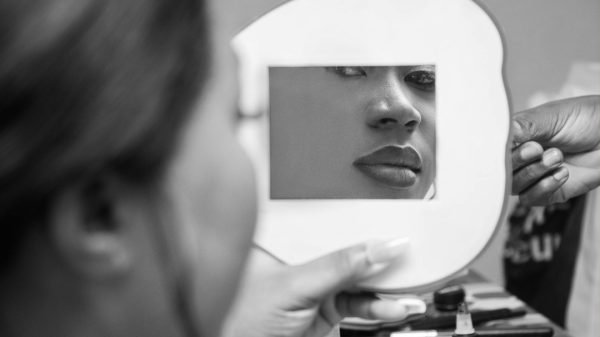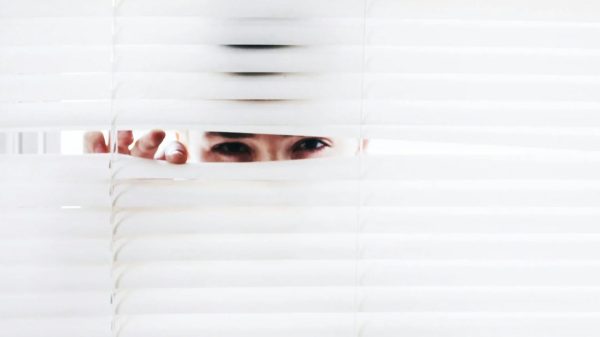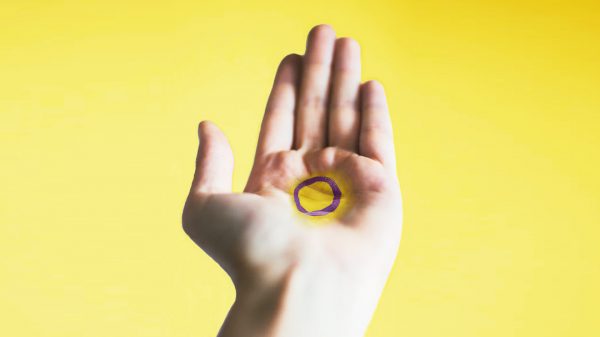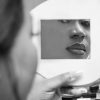There are many problems you can encounter about your eyes regularly, and a lot of these may not be serious long-term conditions and may only need a change in lifestyle or bad habits.
However, there are certain conditions that, if gone untreated, may lead to permanent eye problems or even sight loss.
What are the Most Common Eye Diseases?
- Macular Degeneration. This is mostly associated with aging, as it’s a condition which can develop later in life where the eye’s central vision is damaged.
- Cataract. This is when the eye’s lens is clouded and, in worst cases, can cause eventual blindness. Cataracts can occur in one or both eyes, at any age, but can be more common in older age.
- Diabetic Retinopathy. This is when damage to the blood cells in the eyes may be caused as a result of diabetes.
- Glaucoma. This is a group of diseases which can cause damage to the optic nerve and result in vision loss.
Understanding the Signs and Symptoms
Most eye diseases and conditions will carry their own set of symptoms, but overall, you should care for your eyes and watch out for early signs in the following ways.
Maintain a Healthy Lifestyle to Notice Alternative Symptoms
Maintaining a healthy lifestyle is the best way to notice any problems with your eyes more easily. If you make sure that you’re eating well, getting enough sleep and doing everything you can to rest your eyes and prevent eyestrain, then you’ll more easily notice when something appears wrong which can’t be attributed to a poor lifestyle.
For instance, if you’re experiencing aching or painful eyes, no matter how much sleep you get or how much strain prevention you maintain, then this could be a sign of a greater problem.
Visit Your Eye Doctor Regularly
Some symptoms may not easily be realized alone, and you may need a more detailed exam to pinpoint what’s happening deep inside your eye. Your eye doctor will be able to conduct a thorough exam, including a retinal image scan, which will be able to detect early symptoms of a variety of diseases (or check if you just need prescription glasses).
Vision Loss Not Attributed to a Prescription
If you do not have a prescription for glasses or contact lenses but you suddenly have problems with your vision, this could be a symptom of other conditions. If you do have a prescription and usually see perfectly with your glasses or contact lenses, but have suddenly noticed vision changes, this could be an indication too.
Dry, Sore or Itchy Eyes
There are a few reasons this could be happening which might not necessarily be a condition or disease, like hay fever or eyestrain. However, if you are experiencing sore and dry eyes for no clear reason or if this has occurred from nowhere, it could be a symptom.
If you’re ever unsure about your eye health, you should speak to a doctor or make an appointment with your eye doctor as soon as possible.





































































